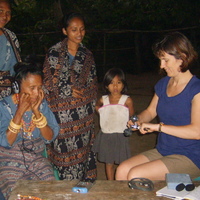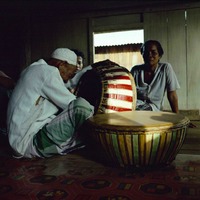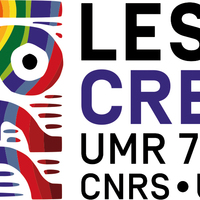Deprecated: strpos(): Passing null to parameter #1 ($haystack) of type string is deprecated in /var/www/html/themes/BBCFoundation/view/omeka/site/item/show.phtml on line 31
Deprecated: strpos(): Passing null to parameter #1 ($haystack) of type string is deprecated in /var/www/html/themes/BBCFoundation/view/omeka/site/item/show.phtml on line 45
(Bima) Nu'a, accompanied on violin by the singer himself
Field recordings made in Sumbawa, Indonesia, in 1992 by D. Rappoport and J. Simonnot.
- Archivist's Original Title
- Original description
- Time duration
- Recording date of the original material
- Acquisition Date
- Population
- Place of the cultural origin
- Country Name
- Recording place
- Resource Language
- Comment
- Archivist Category
- Recording context
- Collector
- Name of original Collection
- Collection source citation
- Related material
- History of ownership
- Holding Institution of Original Materials
- Licensing Institution
- Accessing Institutions
- Copyright Information
- Copyright Notice
- Physical format
- Preservation State of Physical Object
- Original item number
- SEAH Identifier
-
en
(Bima) Nu'a, accompanied on violin by the singer himself
-
fr
(Bima) Nu'a, chant accompagné au violon par le chanteur lui-même
-
id
(Bima) Nu'a, nyanyian diiringi biola
-
en
Field recordings made in Sumbawa, Indonesia, in 1992 by D. Rappoport and J. Simonnot.
-
fr
Enregistrements sonores inédits réalisés par Dana Rappoport et Joséphine Simonnot du 18 au 24 septembre 1992, en Indonésie (Sumbawa).
-
id
Rekaman yang dibuat oleh Dana Rappoport dan Joséphine Simonnot dari tanggal 18 hingga 24 September 1992, di Indonesia (Sumbawa).
-
en
00:05:35
-
en
1992-09-18
-
en
2011
-
en
Bima
-
en
Sumbawa, Kabupaten Bima, Kecamatan Wera, Kampung Tawali
-
en
Bima
-
en
Recorded in a house on stilts in the court of the raja of Bima, Pa' Pawan house. The violin player called Jakariah, is part of the Organization La Mbila, a poly-instrumentalist who has already left for Jakarta. The violin tuning is E A D. The player is not flexible but he plays fair and with energy, identical to the violins of Sengkang (Sulawessi). The vocals are a bit weak. The violin would have been brought by the Portuguese in the 17th . Sung for harvest festivals, in the round and with stones. The song is linked with Sanai-nai ("every day")century.
-
fr
Enregistré dans une maison sur pilotis de la cour du raja de Bima, maison Pa' Pawan. Le joueur de violon se nomme Jakariah, fait partie de l'organisation La Mbila, polyinstrumentiste déjà parti à Jakarta. L'accord du violon est mi la ré sol. Le joueur n'est pas souple mais il joue juste et avec énergie, identique aux violons de Sengkang (Sulawessi). Le chant est un peu faible. Le violon aurait été apporté par les Portugais au XVIIème.
Chanté pour les fêtes de récoltes, en rond et avec des pierres. Le chant est enchaîné avec Sanai-nai ("tous les jours").
-
id
Direkam di sebuah rumah panggung di halaman rumah raja Bima, rumah Pa' Pawan. Pemain biola adalah Jakariah, seorang anggota organisasi La Mbila dan seorang pemain poliinstrumentalis yang telah pergi ke Jakarta. Laras biola tersebut adalah E A D G. Pemain biola ini tidak luwes, namun ia bermain dengan penuh energi dan ketepatan, identik dengan biola-biola di Sengkang (Sulawesi). Nyanyiannya sedikit lemah. Biola ini konon dibawa oleh bangsa Portugis pada abad ke-17. Biola ini dimainkan
Dinyanyikan saat panen, dalam bentuk lingkaran dan dengan batu. Lagu ini dirangkai dengan Sanai-nai (“setiap hari”).
-
en
Music (Vocal)
-
en
Field recording
-
en
Indonesia, Sumbawa, 1992. D. Rappoport, J. Simonnot
-
en
Archived at CREM, CNRS, in 2011 by D. Rappoport and J. Simonnot
-
In Copyright. Non-Commercial Use Permitted
-
For any use, please contact the CREM-LESC (CNRS, Nanterre University, France): crem.lesc[at]cnrs.fr, see information at https://archives.crem-cnrs.fr
-
en
Digital Audio Tape
-
en
original
-
en
CNRSMH_I_2011_014_006_09
-
en
SEAH_CNRSMH_I_2011_014_006_09
- Media







